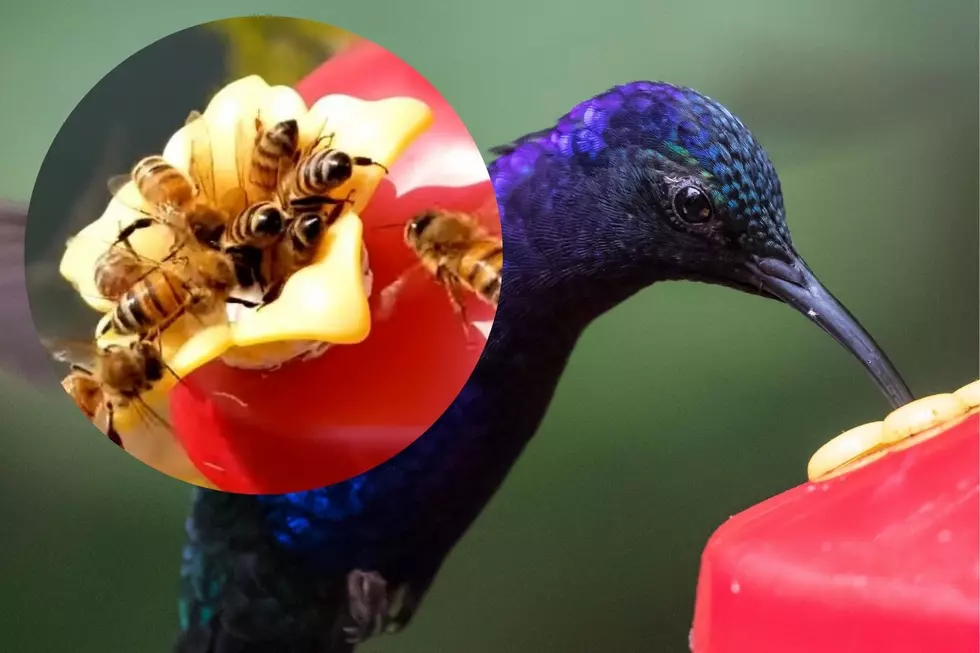
Native Bees Threatened in Utah by Honey Bees Moving In
We Need Bees
The great pollinators have been threatened by chemicals and nonnative grasses like cheat grass that have thrived in Utah. Now the native bee species in the beehive state are dealing with a new threat, commercial honeybees. Wait what?
That’s right, bees are causing trouble for bees. Utah is home to over 1,000 native bee species, but with an increase of operations that bring in bees to make honey, they have encroached on native species territory.
Why Are More Bees A Problem?
The honeybees being introduced can spread diseases to native bees that have been part of the honeybee’s decline. Also, native bees pollinate native plants and as they are pushed out, it affects more than the bee species.
Loss of local plants and the bees that take care of them will hurt Utah’s environment and make it less resilient. There needs to be a focus on preserving native grasses and removing those that are invasive and harmful to native bees.
What Can You Do?
If you want to help Utah’s native bees, avoid pesticides and chemicals that harm bees. You can also add native plants to your yard like wildflowers and remove Bermuda grass where it invades flower beds.
Read More: How To Keep Bees Out of Hummingbird Feeders in Utah
Many bees live in the ground and old logs. Leaving an area in the sun with leaves and stems can encourage native bees to move in. With a bee friendly mind set, you may be part of the solution.
13 Plants & Herbs to Chase Away All Types of Insects
Gallery Credit: Credit - Polly McAdams
15 Insects That Will Invade Your Southern Utah Backyard
More From Star 98









